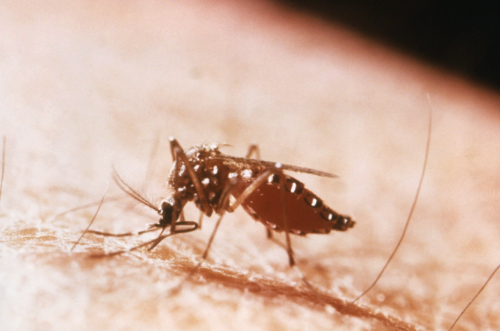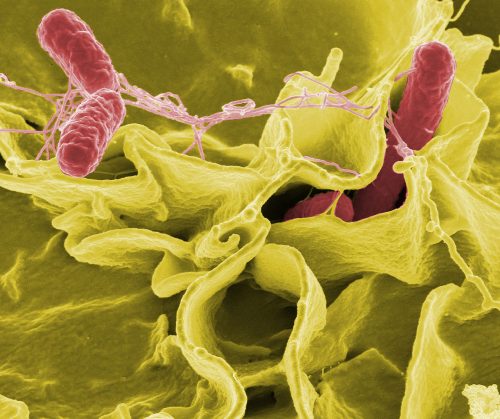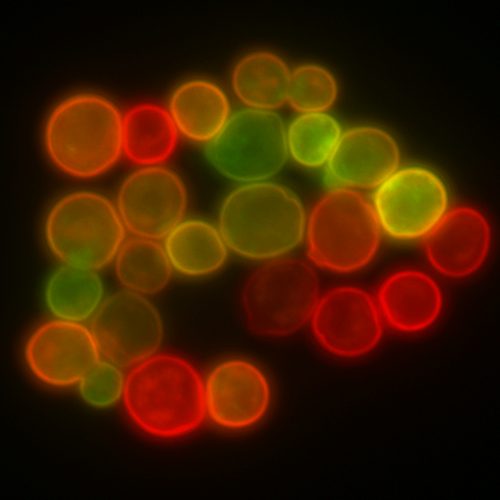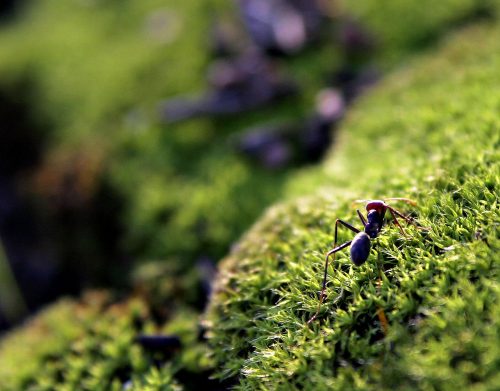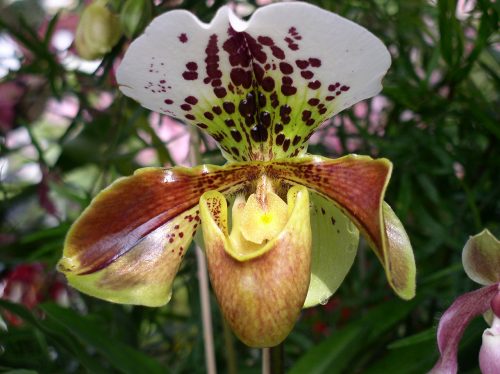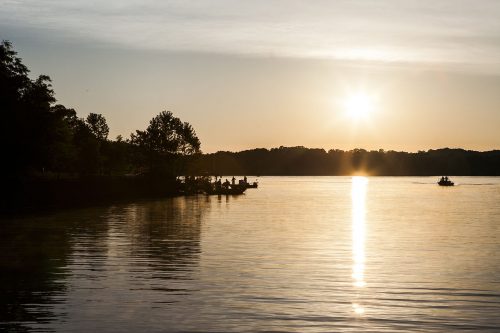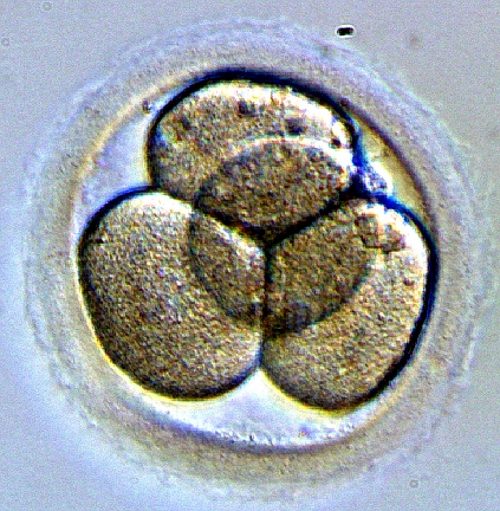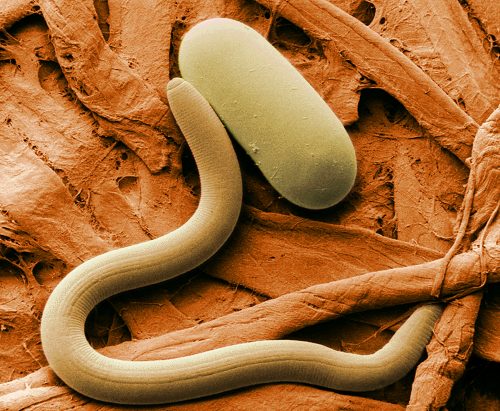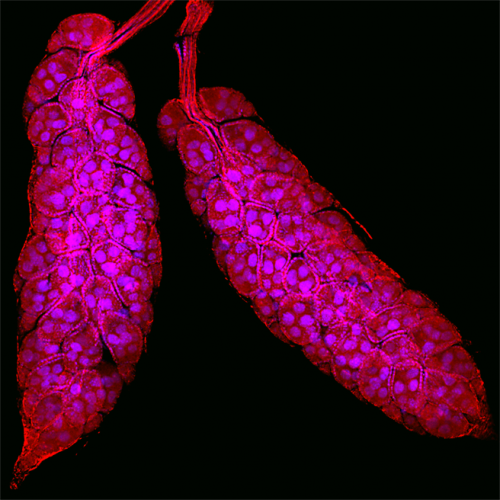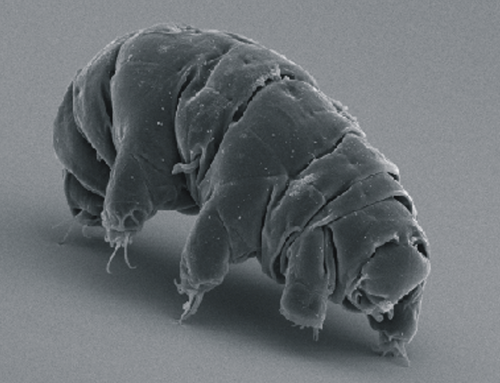
In studies of how to survive in space and in hostile environments, there is often no better a scientific specimen than the tardigrade, the so-called water bear. This is due to its capability to survive in such scenarios and far more besides. Even exposure to the vacuum of space doesn’t do much to deter it. […]

